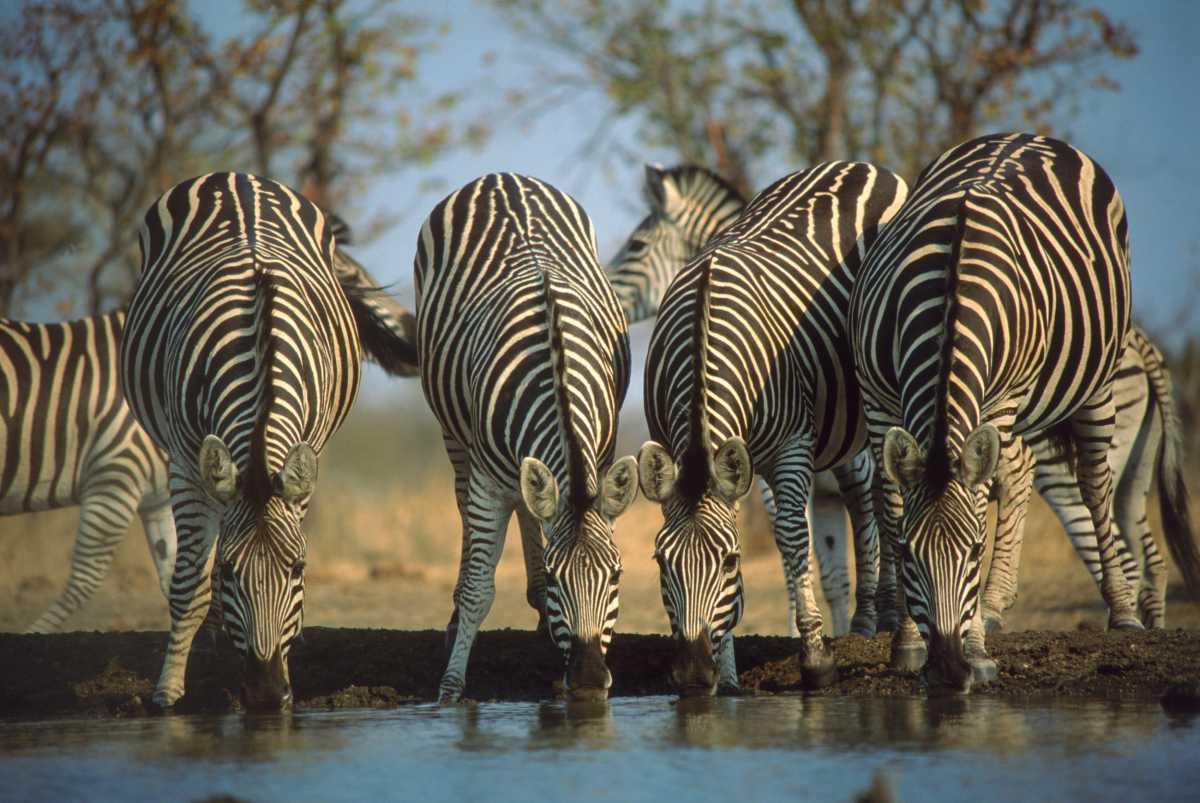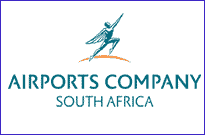Zimbabwe: Zimbabwe Tourism Profile
2015/01/25
Fewer tourists
As a result of media coverage about the country’s problems, a lot of foreigners do not consider Zimbabwe as a holiday destination, though tourists from Asia are growing in number. Food, fuel and electricity shortages, inclunding poorly maintained road and rail networks, make it a difficult destination for travellers.
For long-distance domestic journeys, there are a lot of smaller airports and airfields, although aviation services have declined.
Children walking down a rural roadZimbabweans are incredibly welcoming to visitors who do travel to their country, which has much to offer in terms of natural beauty. The Eastern Highlands are green and verdant with a variety of flowers to delight trekkers and hikers. And the savannah lands across much of the country are home to a range of wildlife.
The country has a lot of parks and reserves scattered across the country, inclunding Chizarira, Lake Mutrikwe, Gonareshou, Hwange and Mana Pools, which is a UNESCO World heritage site. See Geography & Wildlife to learn additional about some of these national parks.
Victoria Falls - a top destination
Though there are a lot of spectacular landscapes, the top destination for most visitors is Victoria Falls.
This is one of the natural wonders of the world and a UNESCO heritage site. Spanning 1.7km and plunging over 100m at their highest point, the falls create a massive curtain of water. At the bottom, the spray and mist created by the water help to explain the local name – ‘Mosi-oa-Tunya’ or ‘the smoke that thunders’.
Visitors can as well opt to take part in a range of adventure activities around the area of the Falls, inclunding canoeing, white-water rafting and bungee-jumping. For those who like to stick to land, the area as well offers excellent hiking and horse-riding trails.
Historical and archeological sites
Three places of historical and archaeological importance are on the UNESCO heritage inventory – the Matobo Hills and the ruins of Great Zimbabwe and at Khami.
Inclunding offering visitors a beautiful and extraordinary landscape, the Matobo Hills contain granite rock formations which were used as shelters by Stone Age man. These contain the highest concentrations of rock paintings in Southern Africa. A lot of paintings depict animals still present today, such as rhinos, zebra, giraffes and leopards.
The ruins of Great Zimbabwe and Khami provide evidence of the region’s importance as a trading empire from the 11th century onwards. The ruins of Great Zimbabwe (30km from Masvingo) are particularly impressive. These include remains of a lot of stone houses and several city complexes, great feats of engineering and constructed without mortar.
Great walls
The majority famous complex of Great Zimbabwe is known as 'the Great Enclosure'. Visitors can see the remains of its massive stone walls, which were studded with conical towers
Political Unrest Devastates Travel and Tourism Sector
Zimbabwe’s travel and tourism industry has been steadily declining since the government introduced the land reform programme in 2000. In recent years, a cocktail of political and economic challenges have left the once-booming industry facing ruin, as tourists, industry players and investors turn their backs on the country. Thousands of jobs have been lost due to companies closing down or simply being unable to pay staff wages, due to the decreasing number of tourists. This has triggered the migration of the few highly skilled workers to other neighbouring nations in search of greener pastures. In addition, poverty levels have as well risen, the inflation rate has skyrocketed to become the highest in the world, and unemployment is estimated at around 94%.
Tourist Numbers Dwindle Due to Negative Image
At its peak, the travel and tourism industry was part Zimbabwe’s top foreign exchange earner, but cholera outbreaks, inclunding the bad publicity that the country received following violence surrounding the March 2008 presidential elections has affected tourist arrivals in 2008, thereby limiting its contribution to national increase. The highest decrease in the number of tourist arrivals was reported from traditional source markets, such as the UK and the US. The shrinking of these markets is a major concern for the travel and tourism industry, as this is a high-revenue market which contributes a large proportion of foreign receipts. Frantic efforts by the Zimbabwe Tourism Authority (ZTA) to carry out publicity campaigns to save the country’s battered tourism sector with the introduction of a “Look East” policy have thus far seen little success.
Zimbabwe Isolated as Major Airlines Pull Out
Zimbabwe is battling with one of the world’s fastest shrinking economies, and is presently faced with a crumbling air transport sector, with ramifications for all economy. Over the completed eight years, the country has witnessed the withdrawal of a number of reputable airlines, citing viability problems. Approximately 18 international airlines are reported to have left the country since the start of the economic crisis eight years ago. The new airlines to pull-out of the Zimbabwe route are Zambian Airways, British Airways, Swissair, Lufthansa, KLM and Air France. High fuel prices, combined with political and economic turbulence, have been the reasons cited for the withdrawals. Zimbabwe’s isolation is seen as a major blow to the ailing travel and tourism industry, which relies heavily on high-spending incoming tourists.
Government Re-introduces Price Controls to Stem Rampant Price Rises
Next scrapping price controls in the tourism sector in March 2008, the government of Zimbabwe re-introduced price controls in the industry in August 2008, due to rampant price increases which had made tourism services very expensive for domestic tourists, inclunding some overseas tourists. The decision to re-introduce price controls was made next it became apparent that most hotels were charging prices based on illegal exchange rates. The new move by the government will mean that all players in the travel and tourism industry will need to seek approval from the National Incomes and Pricing Commission (NIPC) before making any adjustments in the prices of their services. The price controls are expected to be removed only next the industry begins charging justifiable prices.
- Zimbabwe News
-
- ZIMBABWE: Tourism Zimbabwe's Eastern Highlands: Africa's latest adventure destination
- ZAMBIA: Zimbabwean farmer digs out weeds from a maize crop.
- BOTSWANA: Routes Africa forum aims to improve African air connectivity
- BOTSWANA: Economic integration is helping boost trade and investment in Africa
- BOTSWANA: Africa’s economic growth is likely to be slower in the intervening years
- BOTSWANA: Beyond Commodities: How African Multinationals Are Transforming
- Trending Articles
-
- CHINA: United States sees China investment talks ‘productive’ after new offers
- SERBIA: China’s Xi sees Serbia as milestone on new ‘Silk Road’
- AUSTRALIA: Australia taxes foreign home buyers as affordability bites
- INDIA: Indian central bank chief to step down in surprise move
- THAILAND: Foreign investment plummets in junta ruled Thailand
- SOUTH AFRICA: South Africa to extend ICT reach









